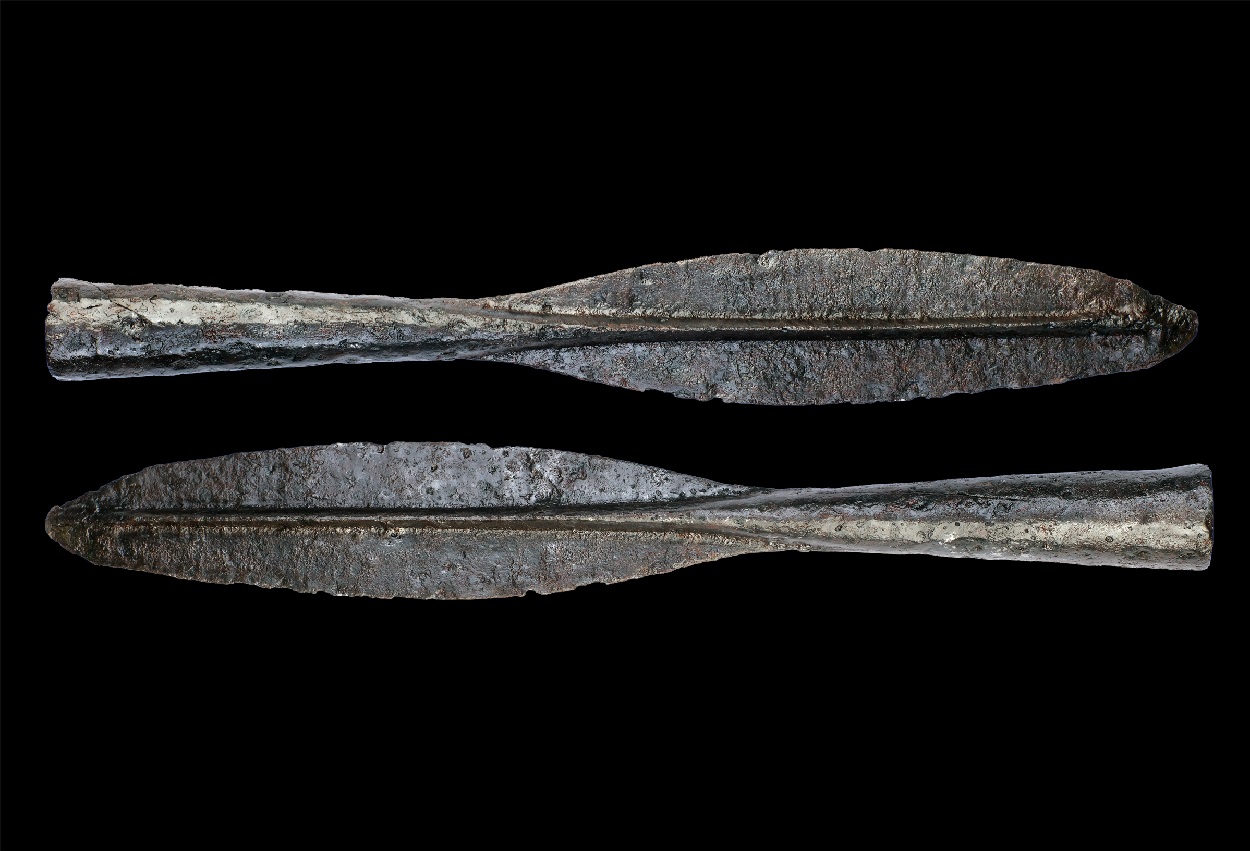Archaeologists from the Malazgirt Battlefield Archaeological Project, led by Prof Dr Adnan Çevik, have discovered physical traces of the Battle of Malazgirt.
The project is supported by the Ministry of Culture and Tourism of the Republic of Turkey and includes experts from Muş Alparslan University.
The Battle of Malazgirt was a conflict fought between the Byzantine Empire and the Seljuk Empire, resulting in the decline of Byzantine authority in Anatolia and Armenia, and the gradual Turkification of Anatolia.
The battle was fought near Manzikert, theme of Iberia (near modern Malazgirt in Muş Province, Turkey) on the 26th August, 1071.
Archaeologists carried out an extensive survey covering 150 square kilometres within the Malazgirt plain, and used geophysical scans and exploratory techniques to pinpoint the exact location of the battle site.

Excavations have revealed arrowheads, sword and spear fragments, in addition to gold and bronze Roman coins in the same strata. The coins depict the image of Emperor Romanos IV Diogenes, who following the conclusion of the battle was captured and taken prisoner.
Archaeologists also found a cross necklace dating to the 11th century AD, Seljuk period graves, and hundreds of metal objects from the battle. According to Project Coordinator Dr Oğuzhan Karaçetin, the objects are being prepared for display in the Muş and Ahlat Museums.
Speaking to HeritageDaily, Dr Karaçetin said that the project aims to create a new methodology for battlefield archaeology and believes that the new scanning technologies and the experiences used will be very useful for other battlefield archaeology projects.
Header Image Credit : Malazgirt Battlefield Archaeological Project
Sources : Dr Oğuzhan Karaçetin





